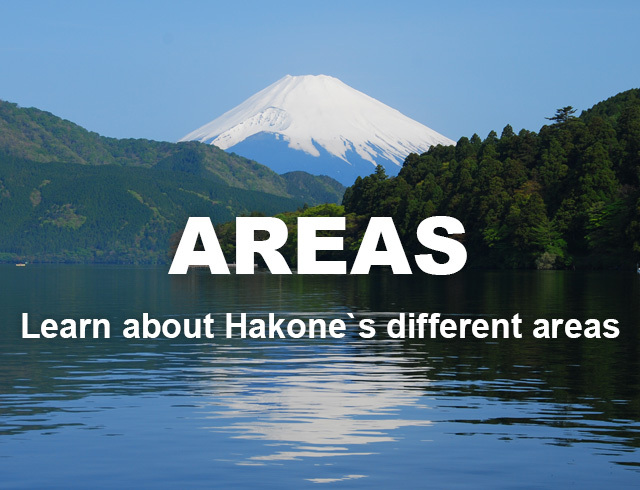

ko)
Hakone is a large area made up of 7 villages. These villages each have a distinct history, appeal, surroundings, and overall vibe. Hakone spans a wide mountainous area from the low river valleys to the mountain lake with views of Mt. Fuji. Exploring and travelling through these areas give you a chance to discover and see different parts of Japanese history, culture, and experiences. Where to stay will depend on your tastes and travelling logistics. All Hakone areas are efficiently connected by different transportation and look forward to hosting you.
ko)
Yumoto is most popular entry point to the Hakone area. This is also the last stop on the Odakyu train line from Shinjuku/Odawara. The Yumoto area is compact and filled with wonderful shops, sites, and places to stay. Many guests make the Yumoto area their base for exploration.
ko)
Miyanoshita is most well known for the wonderful historic Fujiya Hotel. The Fujiya hotel is one of the grandest hotels in Japan with a history and guest list that includes Charlie Chaplin, Helen Keller, and many visiting dignitaries. This area was developed as a respite from the sweltering summers of Tokyo and Yokohama. The area is accessed by the Hakone Tozan train or bus.
ko)
Up in the highlands of Hakone is the Sengokuhara area. There are a number of interesting museums and outdoor activities in the area. Hiking Mt. Kintoki is a popular activity. The hot springs are renown for their milky skin enriching qualities. Access to the area is provided by bus.
ko)
The last stop on the Hakone Tozan train is the Gora area. Gora is high up in the mountains and affords nice views of the valleys and mountains. There are many lodging options and restaurants on what is a midway point on the Hakone “Golden Route.” Gora has a number of options for those looking to participate in activities that are more hands-on.
ko)
Moto-Hakone lies on the peaceful shores of Lake Ashi. Historical shrines, imperial villas, and the lake most characterize this area. The famed Old Tokaido Road passed through this area and it still has many historically relevant sites to visit. The area is small and is very pedestrian friendly. Moto-Hakone is most often accessed by boat from the Sengokuhara area. Buses connect it with Yumoto at the base of the mountains.
ko)
Ashinoyu is a small area with historical ryokan and a respite from the stresses of travel. Located between Moto-Hakone and Gora, this is a place to relax and refresh from your travels. The appeal of the location is its convenient isolation that allows you to immerse yourself in a ryokan experience.
ko)
Hatajuku is famous for its master craftsmen. It is nestled in the mountains between Moto-Hakone and Yumoto. The variation of the trees in the beautiful natural surroundings are the starting point for the famous Hakone zaiku craft. There are a number of locations you can try your hand at making your own.